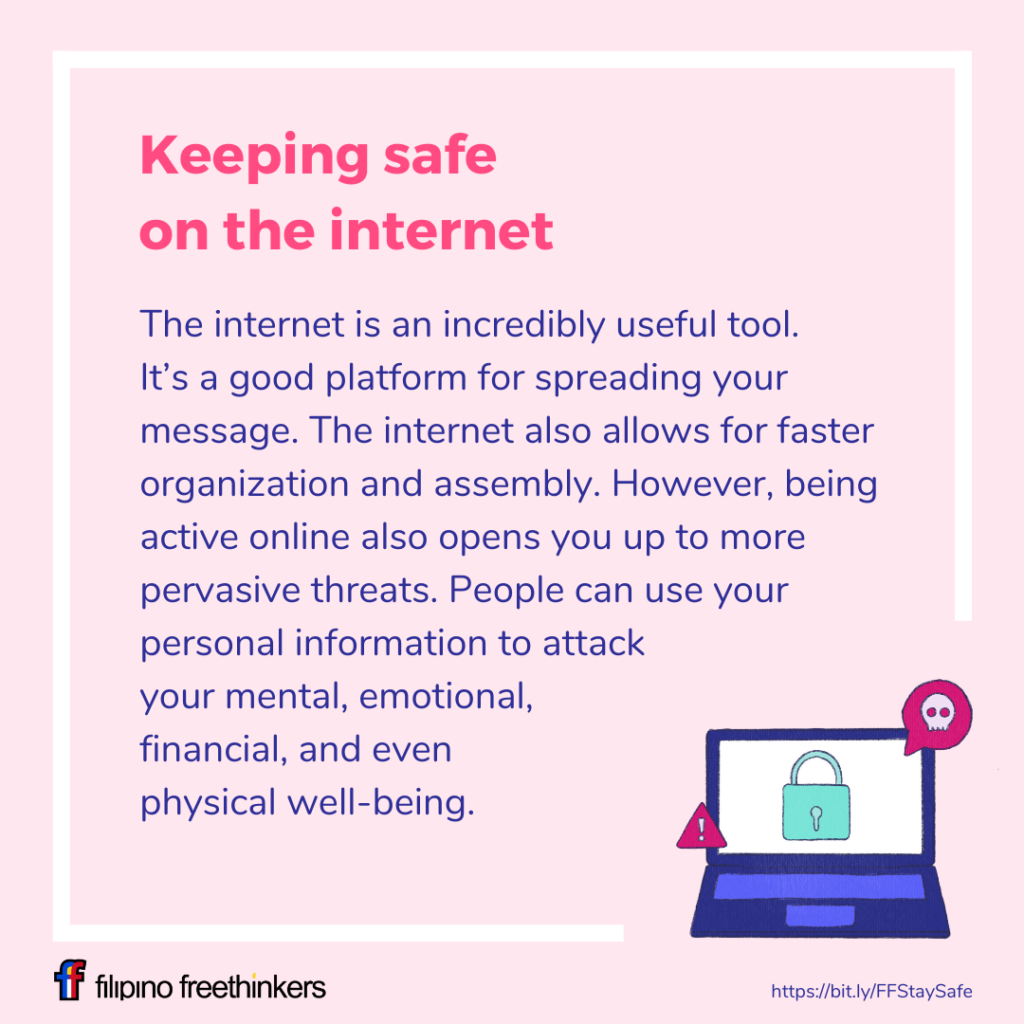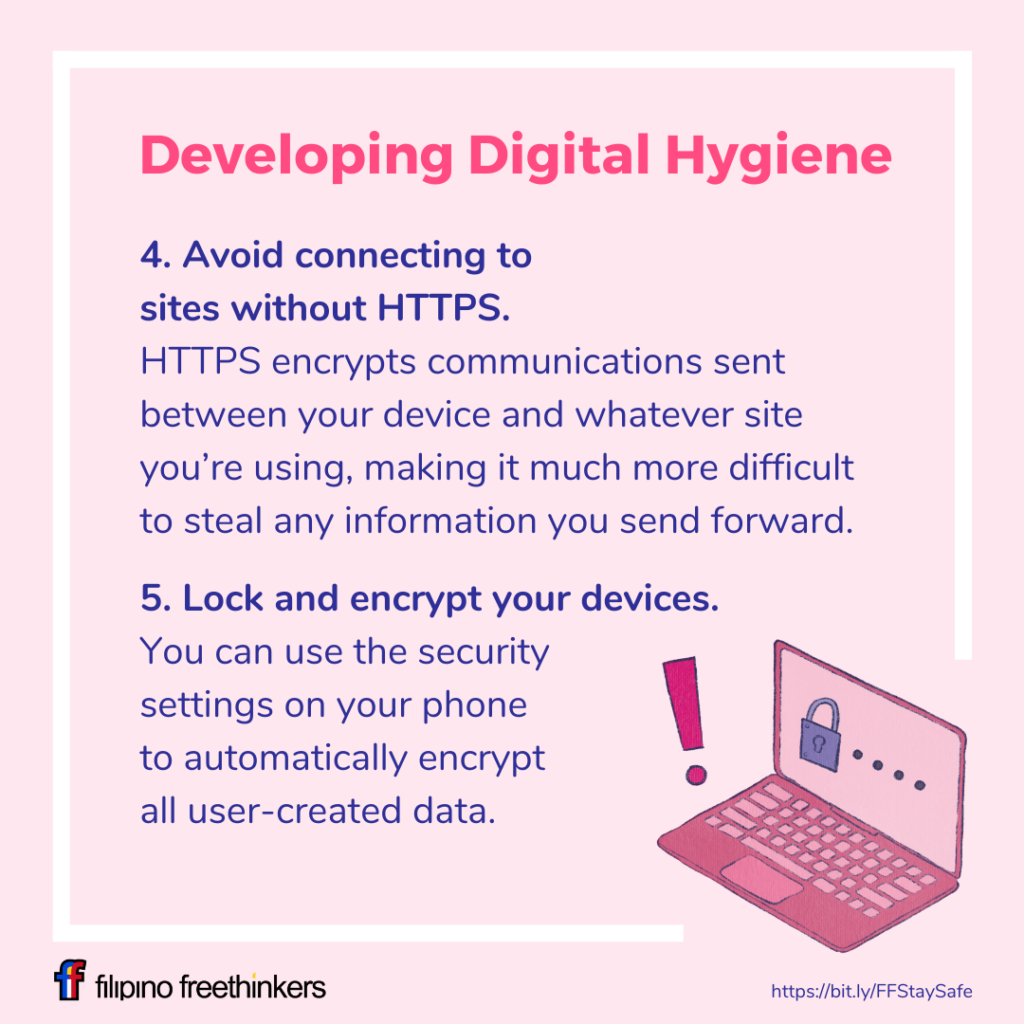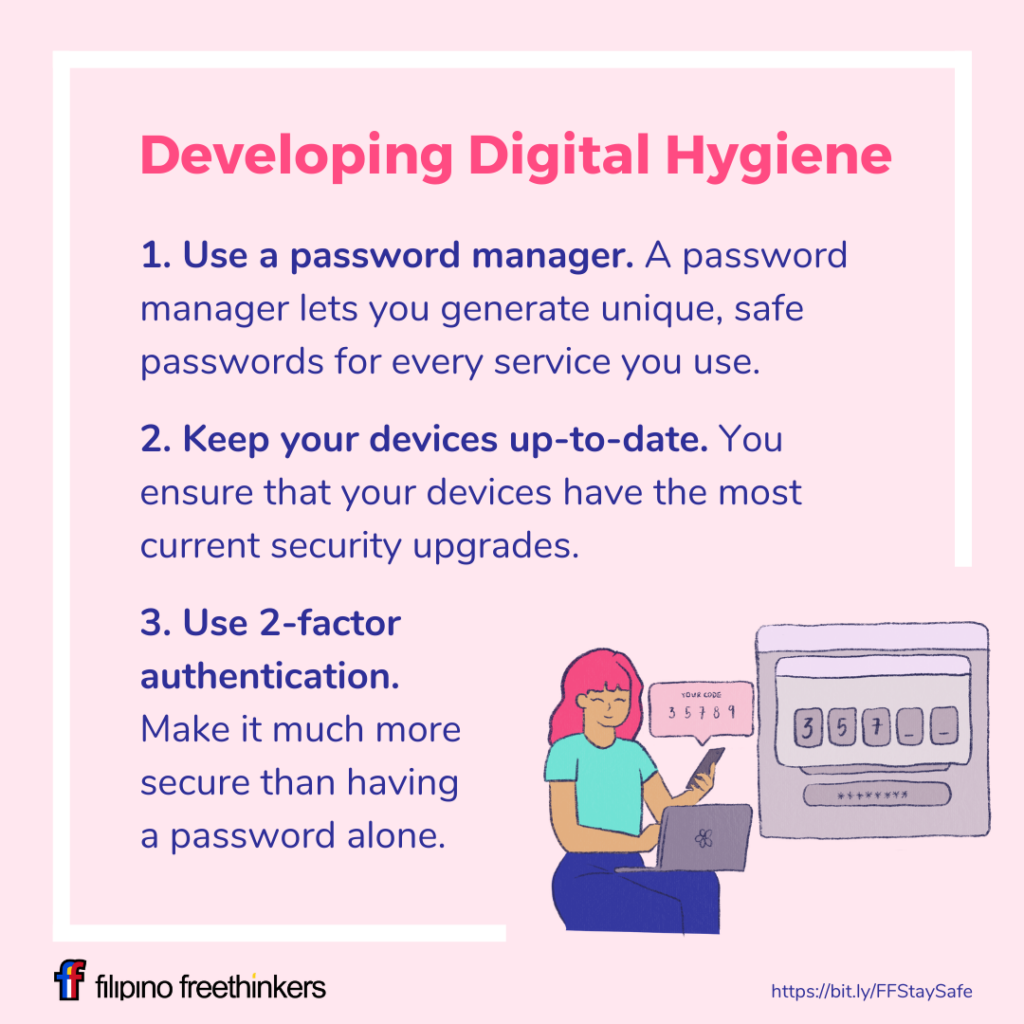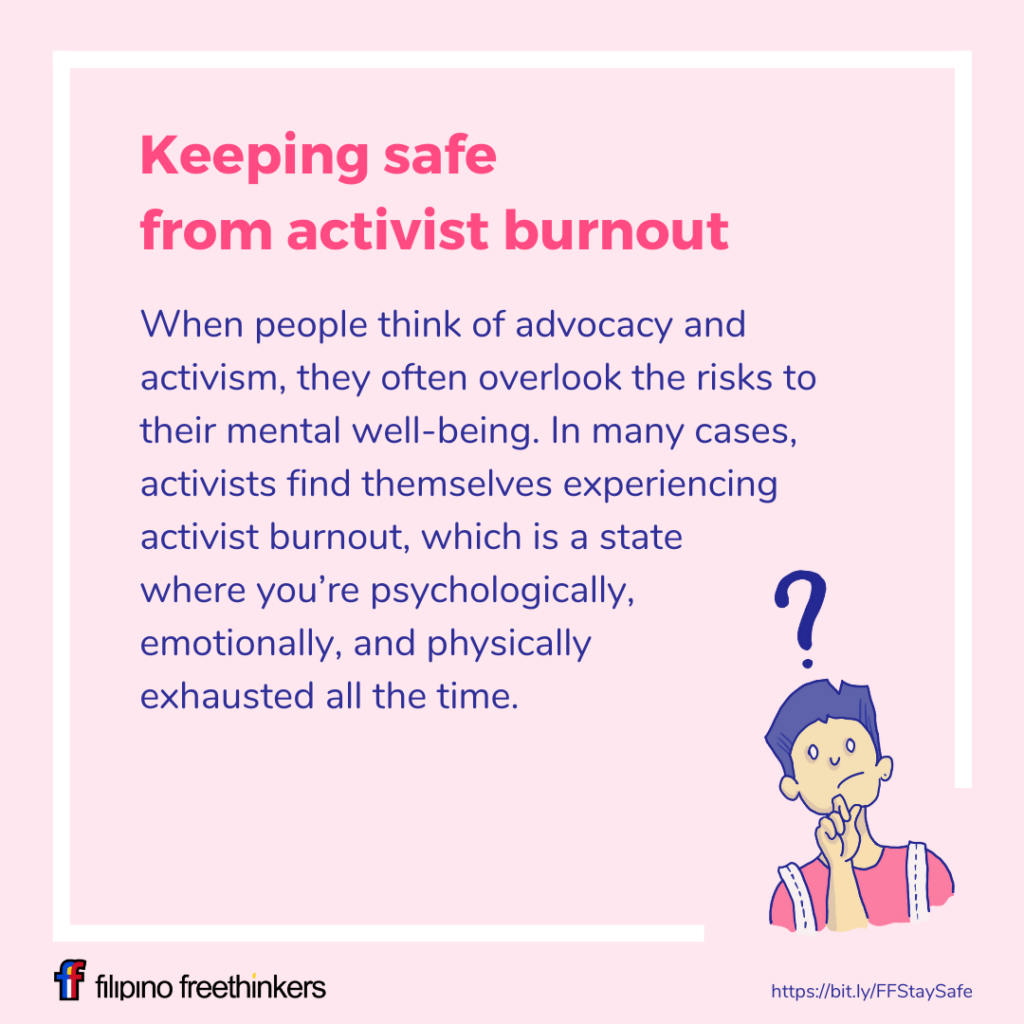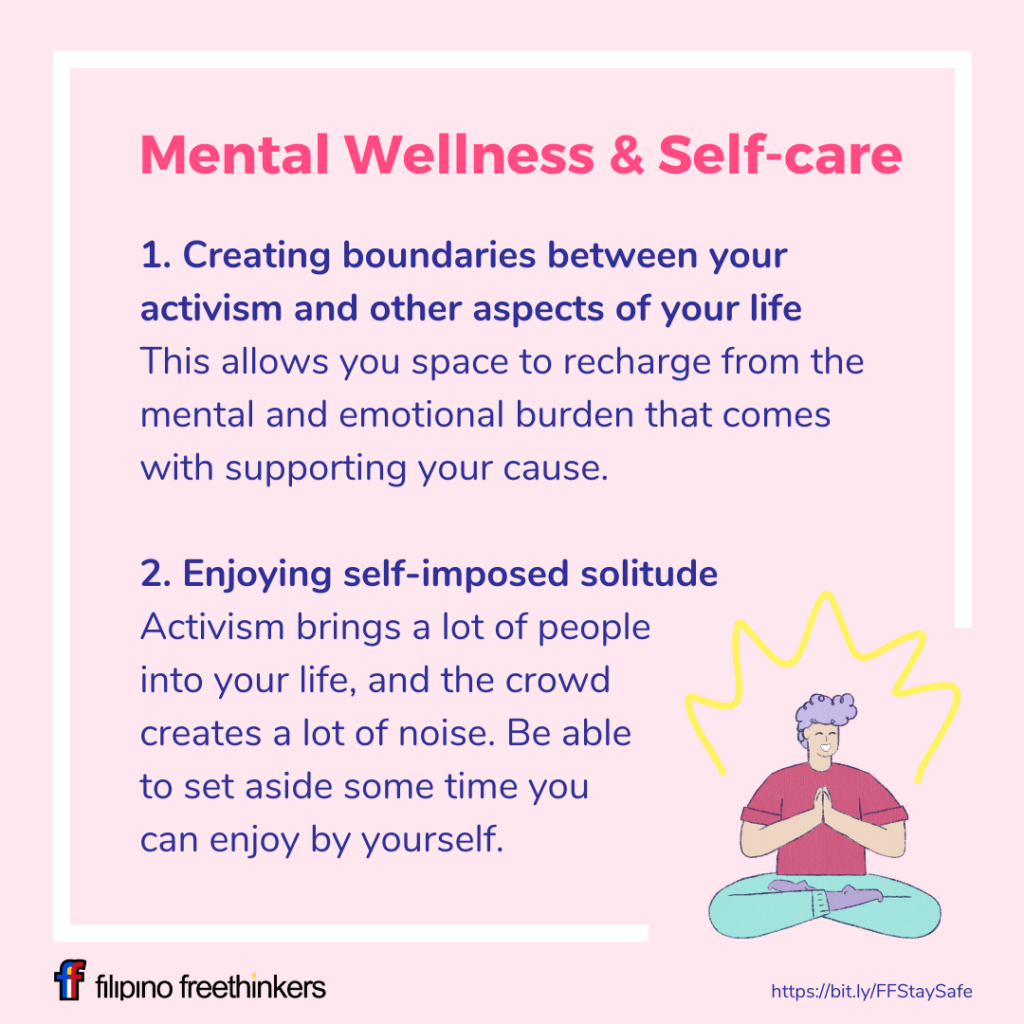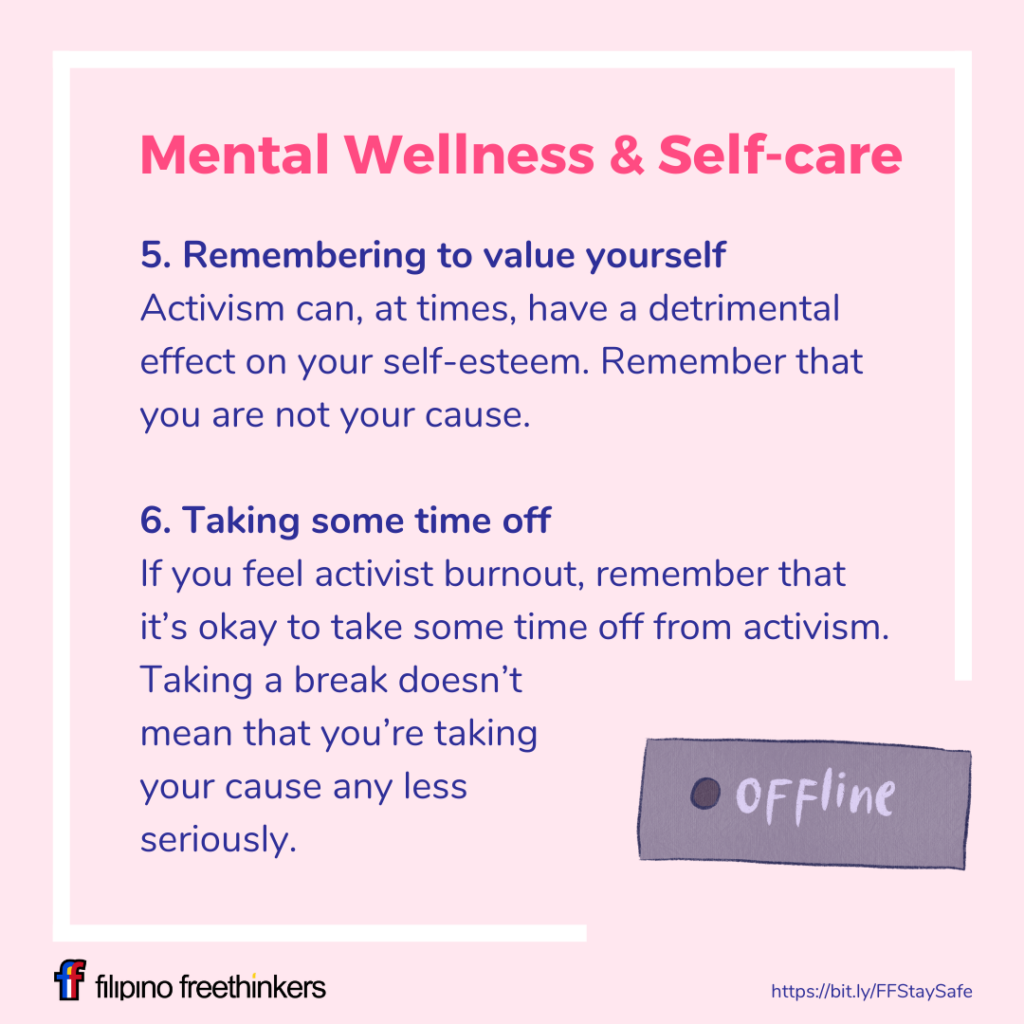Here’s excerpts from a series of educational modules we are producing in collaboration with Humanists International. We hope to provide some tips and principles for humanists making a difference!
Advocacy, activism, allyship
We’re often aware of the injustices people are subjected to, from sex and gender issues to outdated draconic laws. For many of us, this awareness comes with an urge to fight against these injustices.
This urge may lead you towards advocacy, activism, or allyship.
Definitions
Advocacy tries to create change while working within the established system. Advocates are usually engaged in educating people about certain issues, lobbying for causes with key policy‐makers, and participating in public discussions about society’s problems.
Activism, on the other hand, emphasizes creating change through direct vigorous action, especially in support of, or in opposition to, one side of a controversial issue. Activists usually use more confrontational approaches, such as protests and demonstrations.
Allyship is a more passive form of support for a cause. An ally believes that a particular change needs to be made, but might not regularly engage in organized action that lobbies for that change, if at all.
All three forms of support are valid. Whichever you choose depends on your personal circumstances and comfort levels.
Know the risks

If you’re strongly considering advocacy or activism, it’s important to think about the risks before proceeding.
Here are some steps you can take to prepare for the risks:
- Identify your cause(s)
- Choose what types of advocacy and/or activism you’ll be participating in
- Understand the state of activism in your country
Experiences and circumstances vary, depending on location, affiliations, causes, and the general social climate. You should adjust depending on your unique situation.
Identify Your Cause(s)
The causes you support will have a significant effect on the risks you might face. Take a look at the discussion around your causes. This will help you anticipate the type of pushback you might be receiving, as well as any support.
Think about which issues matter to you on a personal level. Then, try to see if there are any causes, projects, or movements that align with the issues that matter to you. The more personal a cause is to you, the more genuine and enriching your advocacy and activism will be.
Choose Your Advocacy and Activism
Once you’ve figured out which causes you want to support, you can decide what sort of action you’d like to take. Each form of activism comes with its own set of risks, and so choosing your path informs what kind of safety measures you’ll need to take.

Arts and performance. Throughout history, art has been used as a form of activism. Creative works are used in different ways: to draw attention to social injustices; to subvert oppressive narratives; to spur people into action. Protests can come in the form of literature, visual art, music, performance art, and more.
Arts activism is generally safe, but with popularity comes increased risk. Artist activist Ai Weiwei was harassed and arrested by the Chinese government for several years, and several people connected to him went missing in 2011.
You might also encounter online harassment if your art goes viral. The creator of Tarantadong Kalbo, an online comic that criticizes the Philippine government, has received death threats after he posted a message of resistance that went viral.
Community building. Some activists are more interested in activities that grow and maintain the number of people supporting a cause. This can come in different forms: education; the cooperative maintenance of safe spaces; organizing seminars and conventions for supporters of a cause. Volunteering is also its own form of advocacy.
There’s usually little risk involved with community building efforts, aside from online harassment. Some governments may try to intimidate community builders, but the communities they serve tend to protect them.
One example of this protection is the case of Patreng Non, an activist from the Philippines. She was tagged as a “communist rebel” after she founded a community pantry system that filled in significant gaps in the government’s pandemic response.
However, since her pantries served humanitarian purposes, Filipinos quickly rose to her defense, and the government stopped intimidating her.
Lobbying. This method involves trying to influence law‐making persons and institutions into legislating measures for social justice. This is most commonly done through petitions and letter‐writing. Some people are able to do so through direct meetings with legislators.
Lobbying tends to work with the system instead of against it, so there’s usually very little risk involved. Even people who disagree with your cause tend to treat you more fairly than other kinds of activists.
However, the risk may change depending on where you live. Some activist lawyers who lobby for human rights have been killed in countries with authoritarian leaders.
Non‐violent resistance. In many cases, supporting a cause will necessitate organized protests and acts of civil disobedience. Non-violent resistance allows advocates and activists to come together and make a stronger statement than they would have achieved if they were acting alone or in smaller groups.
Protests are organized demonstrations where different groups supporting a cause come together to draw attention to an injustice. Civil disobedience involves willfully but peacefully refusing to comply with oppressive laws or ordinances.
The risks of non-violent resistance depend heavily on the political climate where you live and the attitudes of the police and military. Black Lives Matter protests in the United States quickly turned violent after the police used tear gas and painful rubber bullets to control the crowds.

Broadcasting. Broadcasting for your cause may involve spreading the message through something simple, such as passing out flyers, or a more complicated task, like securing press coverage for protests. Through broadcasting, you help the awareness of your cause to grow, increasing the number of supporters. This also works to inform influential individuals about injustices that need to be addressed.
There’s generally little risk involved with broadcasting unless you become very popular. If you have a large enough following, you may be the target of online harassment. In some cases, you might even be a victim of government intimidation.
Understand the State of Activism in Your Country
The final factor in understanding risk is the social reality of where you live. Culture—including religion and popular attitudes—is as important as a country’s political situation and should be taken into heavy consideration.
In the Philippines, for example, the population is heavily Catholic. Members of religious groups can sometimes get violent with people advocating for better access to women’s birth control.
Stay safe
The risks associated with advocacy and activism typically come in three forms:
- digital security threats
- legal complications
- negative impacts on your mental health
Following safety measures for each of these risks can help you stay safe, healthy and free as an activist.
Digital Security
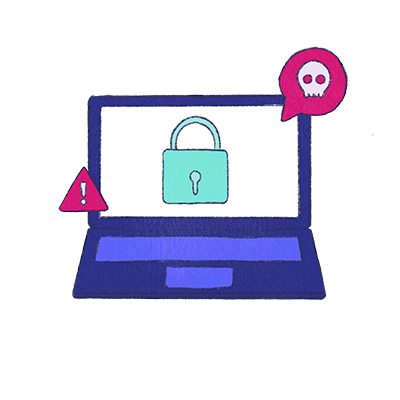
The internet is an incredibly useful tool. It’s a good platform for spreading your message. The internet also allows for faster organization and assembly. However, being active online also opens you up to more pervasive threats. People can use your personal information to attack your mental, emotional, financial, and even physical well-being.
In this section, you’ll learn some of the basics on developing good digital hygiene, improving your security on social media, and practicing safe online activism.
For more in-depth tips, you can check out the Surveillance Self-Defense project by the Electronic Frontier Foundation. Their module on developing a security plan is a good place to start.
Developing Digital Hygiene
Much like the daily hygiene habits that keep your body in good health, digital hygiene involves a regular routine that keeps your digital security in good condition. Some practices you can easily adopt are:
1. Use a password manager. A password manager lets you generate unique, safe passwords for every service you use. Store them in a secure, encrypted “vault”; and access them with a master password—the only one you’ll need to memorize.
2. Keep your devices up-to-date. By keeping each one up-to-date, you ensure that your devices have the most current security upgrades.
3. Use 2-factor authentication. This set-up requires anyone accessing your account to enter a PIN sent directly to your phone, making it much more secure than having a password alone.
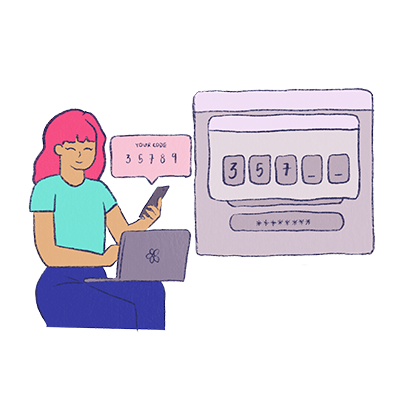
4. Avoid connecting to sites without HTTPS. HTTPS encrypts communications sent between your device and whatever site you’re using, making it much more difficult to steal any information you send forward.
5. Lock and encrypt your devices. You can use the security settings on your phone to automatically encrypt all user-created data. Do this for all your devices, and lock each one using only a code or pattern. Avoid using fingerprint lock; it’s possible to steal your fingerprint information.
6. Use end-to-end encryption on all communications. For calls and messages, use apps that use end-to-end encryption. Telegram’s Secret Chat and Signal are good options.
7. Surf anonymously. Using VPNs while browsing the internet allows you to hide your IP address, which can be used to identify you. You can also use the Tor browser, which courses your data through multiple different servers and encrypts it at each one.
8. Check haveibeenpwned.com regularly. This website checks whether or not the password for your email address has been compromised via data breaches and tracks the number of times it’s been pasted on public websites.
Navigating Social Media Safely
Daily usage of social media creates more security risks than you might think, and even more so for activists. To stay safe, remember these Dos and Don’ts.
DO use a separate account for most of your activism. Use this separate account to organise protests, coordinate the production of protest materials, and stay connected with your activist networks.
DON’T answer personality tests and memes. Many of these are designed to collect personal data in security questions, such as your first partner’s name and your birthdate. Some of them connect to phishing sites that may compromise your security.
DO regularly review your lists of friends, followers, likes, and connected apps. These can all provide some insight on your personal information. Delete as needed, and keep only what you find necessary.
DON’T accept friend requests from strangers. These may be people hoping to gain access to your non-public posts. You might also get tagged by strangers in posts with links; don’t click on any of these posts or links, as they may lead you to harmful sites.
DO fabricate answers to your security questions. There is no requirement that the answers you enter should be truthful. Fake answers make it much more difficult for other people to gain access to your accounts.
DON’T join social media contests. These often require you to post publicly and can open you up to attacks. For example, someone could pose as a prize-giver and ask for your home address.
Posting Your Activism Online

Sharing real-world protests on digital channels is a crucial part of getting your message out there. Before you post about protests you attend, consider the following safety tips:
Post anonymously.
Some things are safe to post on your original social media account, but activism sometimes means it’s safer to post anonymously. This can be done in many ways: using a throwaway account that contains none of your personal data; using a VPN when you post; and enabling WHOISguard, a service that masks your identifying WHOIS data.
Use an alternate or spare phone.
If you can afford it, don’t bring your personal mobile phone to the protest. Instead, you can bring a spare phone, maybe an old model or a cheap brand. This phone should not contain any of your personal information and should have nothing saved on it that could provide information about you. If you plan on taking pictures or videos, you can use this phone.
Avoid live streaming.
Live videos contain a lot of identifying data, from your current location to the faces of other protesters. Post videos at a later time and from a different location.
Remove all EXIF data from photos.
Every photo and video you take contains a wealth of identifying EXIF data. There are many ways to remove this data; all you need to do is look up how to do it for your device.
Legal Precautions and Remedies

Many humanistic causes are in opposition with the stances of governments, making legal issues a very real risk for activists. If you choose to participate in protests, keep the following safety tips in mind:
Understand your rights.
Remember that protesters have rights that protect them, from freedom of expression to the right to assemble peacefully. Keeping these in mind will help you assert them as needed.
Understand the limits of your rights.
The right to free speech doesn’t protect the encouragement of criminal activity or inciting violence. Research what you can and can’t do in a lawful protest so that you can protect yourself and others from a significant amount of risk.
Observe the situation.
If you see individuals engaging in illegal or violent activity, regardless of which side they’re on, the safest thing to do is physically distance yourself from them. Avoid directly engaging with violent people or with people participating in unsafe activities.
Practice safe documentation.
In case authorities try to implicate you in an illegal act, any pictures and videos you take at a protest can be used as evidence in your defense. Your documentation can also be used as evidence of authorities abusing their power, or of other people instigating violence.
Try to remove as many identifying details as possible.
Blur out any faces you capture in photos or videos. Remember to clear the EXIF data. If you’re recording any authorities engaged in abusive behavior, document incidents from a safe distance.
Research legal assistance groups in your country.
Many countries have human rights and civil liberties organizations that can help if you ever get into trouble with abusive authorities. Get contact details for any such groups in your country, and keep the list handy.
Interact with authorities in an assertive but non-threatening way.
If any police officers approach you, it’s crucial to maintain a presence of mind and avoid escalating the situation. Keep your hands visible and cooperate with them within reason while calmly asserting your rights.
The Civil Liberties Defense Center (CLDC) has identified three levels of interactions with police. While this list is specific to the US, each level has safety measures that apply to most countries.
- LEVEL I (Conversation) – If an officer approaches you, ask if you’re free to leave. If they say you are, this indicates that you are not under arrest. They cannot detain you, force you to provide any identification or require you to answer any questions. They may not search your belongings.
- LEVEL II (Detention) – Police may legally detain you for questioning. While you are required to truthfully answer requests for identification, you may invoke your right to stay silent about other details. You can also refuse to consent to a search, and to request to see any warrants they mention. Make sure to note down the officers’ names and badge numbers.
- LEVEL III (Arrest) – If an officer arrests you, avoid physically resisting them. Instead, request to be placed in a more comfortable position while you assure them of your cooperation. Invoke your right to remain silent, as well as your right to an attorney. Finally, immediately inform the police of any special circumstances or conditions that may impact your well-being while in custody. The police may not interfere with your medical needs and must assure your safety from other prisoners. This is especially important if you’re LGBTQIA+, part of a minority group, or a member of any other community that faces more risks than the general population.
Prepare for the possibility of getting arrested.
While arrests are relatively uncommon, it’s always best to be ready for one. Pack any medication you might need for at least two to three days. Don’t bring anything that might make the police suspicious of you.
Keep your support groups updated at all times.
Ask someone you trust to be your “remote buddy” for the day. This is a person you can message about your whereabouts and who can provide counter-evidence to any false claims authorities may make about your activities. Your support groups can also help expedite your access to legal remedies.
Mental Wellness and Self-Care
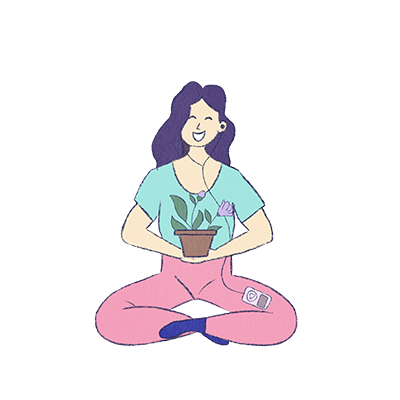
When people think of advocacy and activism, they often overlook the risks to their mental well-being. In many cases, activists find themselves experiencing activist burnout, which is a state where you’re psychologically, emotionally, and physically exhausted all the time.
It’s important to take steps to protect your mental health as you practice activism. To do so, you’ll need to understand the roots of activist burnout.
Four Roots of Activist Burnout
A 2019 study in Ethics and Racial Studies identified four common themes in cases of burnout. Each one can have internal or external causes.
1. Emotional-Dispositional
When you relate especially strongly with your cause, you might experience something known as vicarious traumatization. This happens when you hear and see so much pain experienced by other people that it starts to become your pain, as well.
The emotional burden can also make you feel like no one can relate to you, leading to self-isolation. Some activists participating in the study reported losing friends, effectively trading their emotional and social well-being for their activism.
2. Backlash
Aside from the authorities, counter-protesters, and opposing groups, activists can sometimes face professional and financial risks because of their activities. People who strongly disagree with you can affect your performance at work. Being a vocal activist for safe abortions, for example, can create a hostile environment for you if the culture at your workplace is very religious.
When others demonize your stance, it can also lead to physical threats and “warnings” of violence, which can take its toll on your well-being.
3. Structural
In some cases, problems are structural, meaning that these issues come from how society is built in the first place.
For example, the United States has laws, cultures, and beliefs rooted in its racist past. Segregation laws created inequalities that oppressed Black Americans. While most of those laws have since been repealed or revised, many social and cultural norms or structures were built around them, and these continue to oppress today.
Structural issues require a long, drawn-out fight for change, but the changes usually come in very small ways. These increments can feel too small to count, and ultimately pointless.
4. In-Movement
Groups that share a cause can have differences in personalities, approach, and end goals. There can even be a sense of gatekeeping among activists. These factors can lead to a hostile environment where competition overpowers cooperation, and the frustration with this can make some people feel like quitting.
It is also important to note that activist communities aren’t automatically safe spaces. Though the people involved may fight for progressive causes, it is still possible for sexism, harassment, and even racism to occur in these communities.
Mental Self-Care for Activists
Now that you know how activist burnout can happen, you can develop strategies to keep your mental and emotional well-being safe. Some common practices include:
1. Creating boundaries between your activism and other aspects of your life
You can keep important parts of your life absent of activism. This allows you space to recharge from the mental and emotional burden that comes with supporting your cause.
2. Enjoying self-imposed solitude
Activism brings a lot of people into your life, and the crowd creates a lot of noise. This can be overwhelming, even exhausting. Be able to set aside some time you can enjoy by yourself.
3. Celebrating the “wins”
Changes in society don’t come overnight. By reminding yourself that it comes cumulatively through a series of small wins, you can stave off some of the frustration many activists feel.
4. Developing your personal safe space and support system
It helps to spend time in social circles where you can simply be yourself. Doing this can provide some relief from the high level of vigilance and performance often required of activists.
5. Remembering to value yourself
Activism can, at times, have a detrimental effect on your self-esteem. Remember that you are not your cause. It doesn’t make you any less valuable if you choose to advocate less.
6. Taking some time off
If you feel activist burnout, remember that it’s okay to take some time off from activism. Taking a break doesn’t mean that you’re taking your cause any less seriously; it just means you’re taking your health seriously.
Next Steps

Getting involved
The final step to becoming an advocate, activist, or even ally is to find groups who share your cause, and whose methods of supporting that cause match your comfort levels. These can be something as informal as an online club, or something as organized as a nationwide movement, or anything in between.
Connect with other humanists
The easiest way to find these groups is to ask fellow humanists; many are involved in advocacy and activism, or at least know of people involved. You can also refer to news reports of protests to see which groups align with your values.
Search for groups in your area
Doing a localized search about your cause will often lead you to humanist advocacy groups. The Filipino Freethinkers, for instance, is a Philippines-based humanist organization that actively engages in improving freedom of speech, women’s and LGBTQIA+ rights and equality, as well as reducing the influence of religion on Philippine legislation. Searching for these causes in the Philippines will likely lead you to their site. Try doing the same for your preferred cause and location, and keep an eye out for organizations in the results.
Pick wisely
Before joining any type of community, though, it’s important to do some form of background-checking. Joining a group that holds views you deem to be problematic can accelerate activist burnout. The same goes for membership in an organization that routinely engages in actions beyond your personal comfort level.
Once you find the right group to join and identify what role you’d like to play within it, you’ll find that fighting for your advocacy can be an incredibly fulfilling humanistic pursuit.
Read more content and check the references of these excerpts by downloading the module:
